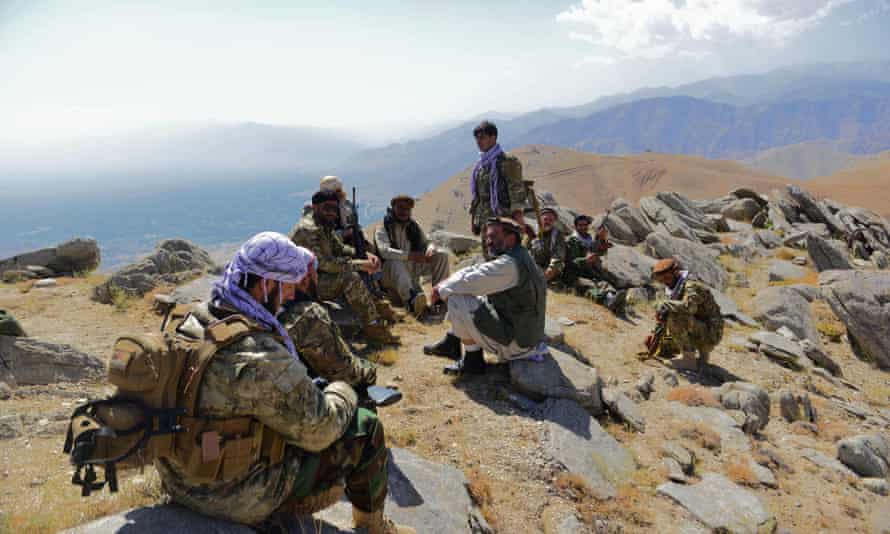EDMONTON — Alberta’s Opposition New Democrats are urging Premier Jason Kenney to bring in new rules to make COVID-19 vaccines mandatory for anyone attending non-essential businesses and mass gatherings.

NDP Leader Rachel Notley says the province should also return to mandatory masking for anyone unvaccinated entering essential places, including grocery stores.
Notley says it’s critical Kenney act now to arrest rapidly rising infection rates and to protect hospitals from being overwhelmed.
Ontario, Manitoba, British Columbia and Quebec are phasing in or already have requirements for people to show a vaccine card, online image or smartphone verification for many activities deemed non-essential, including visiting bars, restaurants, casinos and sports events.
“This is coming and if we don’t act now, I fear we will reach a place where Albertans will be scrambling to catch up with the rest of the world, and our health care and our economy will have been needlessly injured in the process,” Notley said Thursday in Calgary.
“No one wants to go back to restrictions. That’s why we’re proposing a better way.”
Notley suggested Alberta could develop a QR digital code that would be available on smartphones or for downloading online to prove vaccination status.
Kenney’s United Conservative government, citing health privacy as one reason, has repeatedly said it will not mandate proof of vaccination.
Many municipalities, schools, universities, sports teams and businesses developed their own rules on masking, testing and vaccinations.
On Friday, Edmonton officially reinstates a requirement to wear face coverings in indoor public areas, including stores and restaurants.
Kenney’s government lifted almost all health restrictions July 1. It said it was time to stop treating COVID-19 as a crisis and instead manage it long term, which would free up health workers and resources for other health issues.
In recent weeks, case counts have been rising sharply, averaging more than 1,000 new infections a day for the past week. On Thursday, there were 1,339 new cases and 487 people in hospital, 114 of whom were in intensive care.
The caseload is putting renewed pressure on health care. Surgeries have been delayed, patients have been transferred and some emergency room beds have been temporarily closed.
Kenney, Health Minister Tyler Shandro and Dr. Deena Hinshaw, the province's chief medical officer of health, haven't met with the media in weeks to say what — if anything — they will do.
Kenney took self-selected questions from Albertans for about 70 minutes Wednesday night on Facebook. In the online chat, he said his government would be using more incentives to get people vaccinated, but didn’t give details.
He also said his government is considering renewed public health measures.
“We have always looked at restrictions as a last and limited resort,” said Kenney. “If indeed we do see this wave jeopardizing the health-care system, we may have to take some very targeted actions.”
Kenney read aloud multiple comments from Facebook viewers lauding his leadership, but another accused him of hiding by not holding a news conference.
Kenney rejected that.
“I’m hiding in plain view,” he said.
“This (online chat) goes straight to ordinary Albertans, gives you a chance and others a chance to ask a question. I think that’s public accountability right there.”
When Kenney announced in mid-June that all health restrictions would be lifted, he said the plan was predicated on more people getting vaccinated.
Kenney said he hoped 75 per cent of eligible Albertans — those 12 and older — would be fully immunized by fall. The government organized three $1-million prize draws along with other gifts to spur Albertans to get their shots.
On Thursday, the province announced 70 per cent of those eligible were fully vaccinated.
Kenney renewed his call for Albertans to get vaccinated and noted that the majority in hospital with COVID-19 were not. He cautioned his Facebook watchers to be aware of false information.
“Please don’t believe every crazy Facebook page you might stumble upon.”
This report by The Canadian Press was first published Sept. 2, 2021.
Dean Bennett, The Canadian Press












 12x A-29B light attack aircraft:
12x A-29B light attack aircraft:  14x Mi-8/Mi-17 transport helicopter:
14x Mi-8/Mi-17 transport helicopter: 






 The watchdog said WhatsApp had committed ‘severe’ and ‘serious’ infringements of the general data protection regulation Photograph: Patrick Sison/AP
The watchdog said WhatsApp had committed ‘severe’ and ‘serious’ infringements of the general data protection regulation Photograph: Patrick Sison/AP










